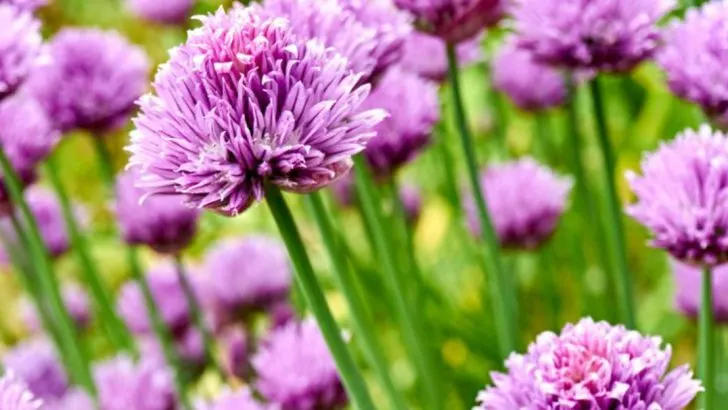Some flowers don’t just sit there looking pretty—they show up on your plate and steal the whole meal. Forget bland salads and boring garnishes. These blooms are bold, colorful, and totally edible. They’ll light up your garden and your dinner. Petals with flavor? Yes, please. June is the sweet spot—sunny days, warm soil, and flowers ready to party. Toss them in a cocktail, top a cake, scatter them over pasta. It’s like planting a rainbow you get to eat. This isn’t just gardening. This is edible art. And it tastes as good as it looks.
Nasturtium
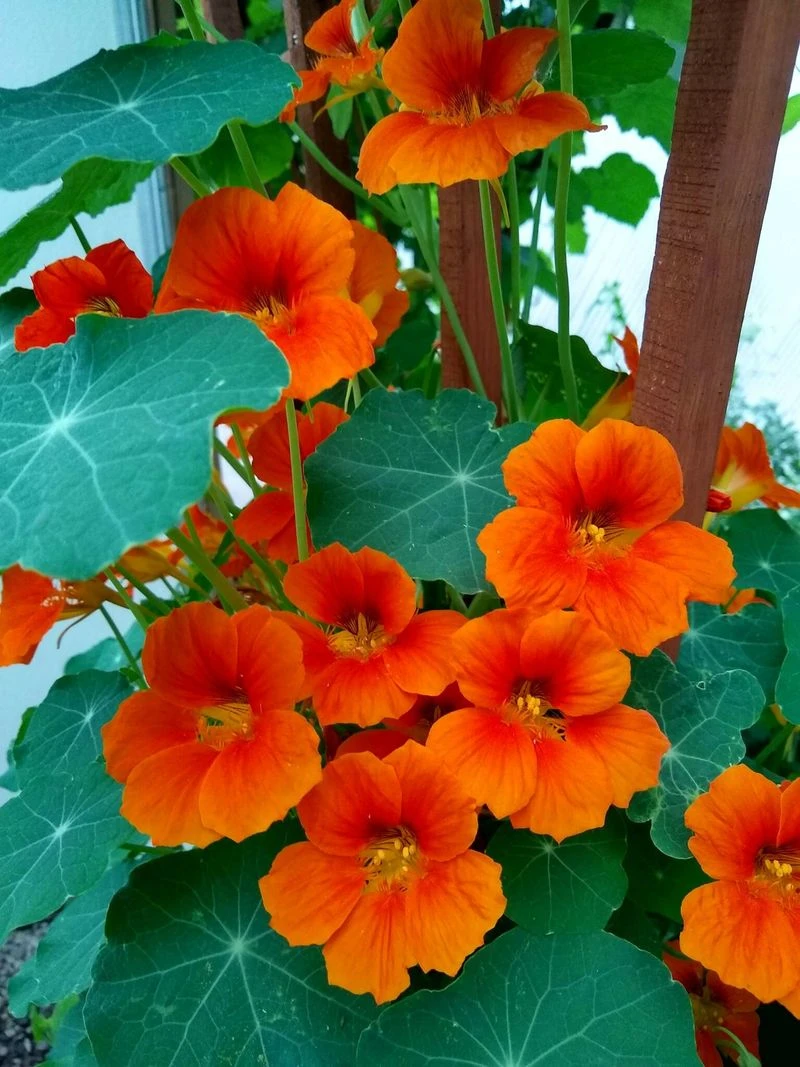
Nasturtiums bring a splash of summer to any garden with their fiery blossoms. Known for their peppery taste, these flowers are a favorite among chefs. Add them to salads for a zesty kick.
Did you know? Nasturtiums are also natural pest repellents. Their bright hues attract aphid predators, keeping your garden healthier. With their delightful aroma and spicy flavor, nasturtiums are a must-have for culinary enthusiasts.
Not just a pretty face, nasturtiums can be steeped into teas or used to garnish dishes, offering both beauty and taste.
Borage
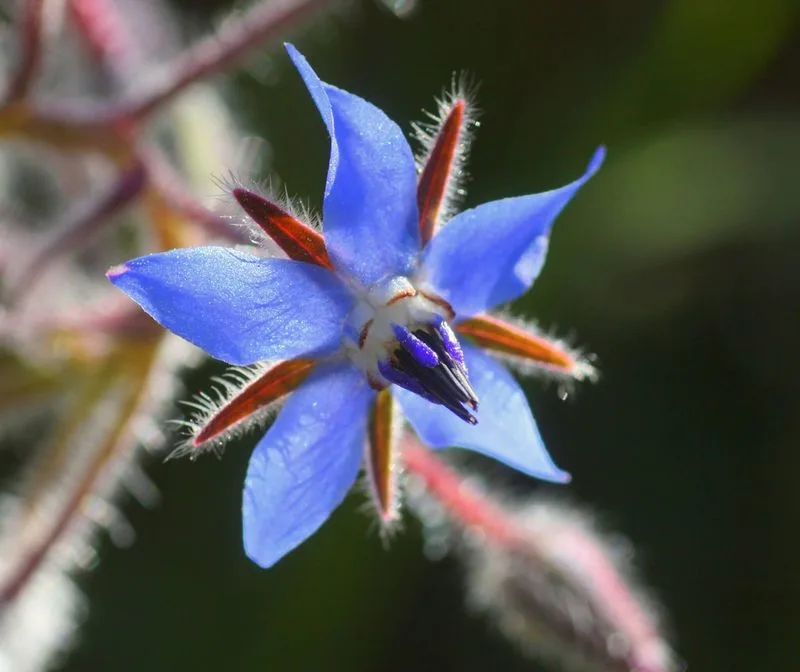
Borage, with its star-like blue flowers, stands out in any herb garden. These blossoms taste like cucumber, offering a refreshing twist to summer drinks.
Historically, borage was believed to instill courage. Warriors drank its infusion before battles. Today, it’s a charming addition to cocktails and salads, bringing a touch of elegance.
Perfect for attracting pollinators, borage supports a thriving garden ecosystem. Its unique flavor and historical significance make it a fascinating choice for gardeners and chefs alike.
Viola
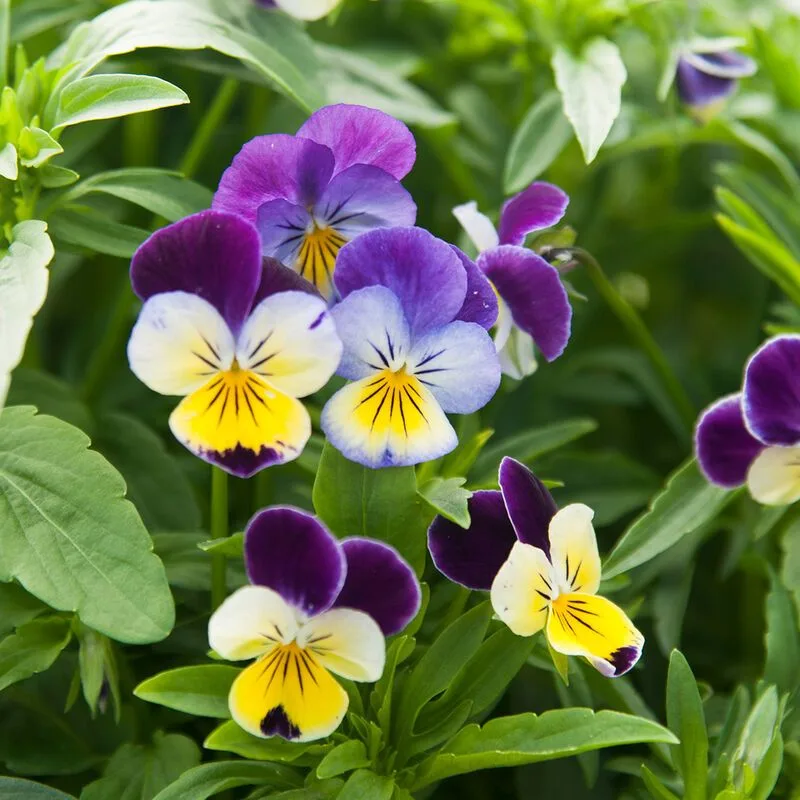
Violas, often seen as garden jewels, offer a mild and sweet taste. Their multicolored petals are perfect for decorating desserts. Picture a cake adorned with these delicate blooms!
In the Victorian era, violas symbolized love and remembrance. Their versatility extends beyond aesthetics and into culinary arts.
These flowers are easy to grow, making them ideal for beginners. Add violas to your June garden and watch them flourish, adding a gentle beauty and subtle flavor to your summer menu.
Calendula
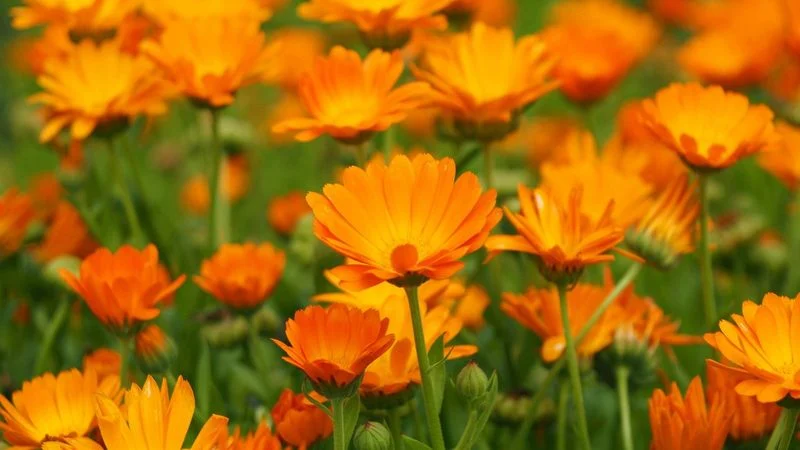
Calendulas, or ‘pot marigolds,’ are the sunshine of the garden. Known for their medicinal properties, they add a hint of spice and color to dishes.
In ancient times, calendula was used to dye fabrics. Today, its petals can be sprinkled over salads or soups, offering a saffron-like flavor.
This resilient flower blooms all summer, providing a continuous splash of color. Its long history and culinary versatility make calendula a beloved choice for both gardeners and chefs.
Chive Blossoms
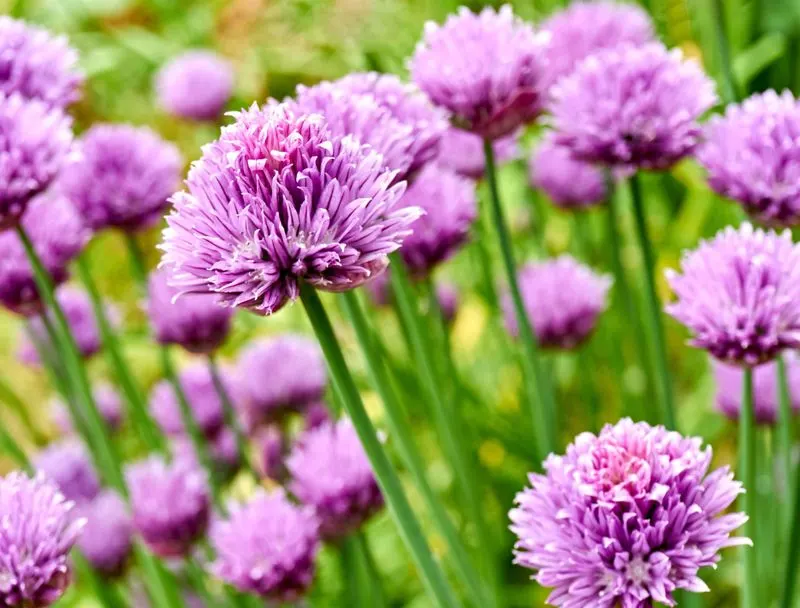
Chive blossoms are culinary stars with a mild onion flavor. These lavender-colored flowers make delightful garnishes for savory dishes.
Perfect for soups or omelets, chive blossoms bring a delicate onion taste without overpowering other flavors. They are a wonderful way to add color and flair.
As an added bonus, they attract beneficial insects to your garden. Their dual role as garnish and pollinator-friendly plant makes chive blossoms a valuable addition to your edible garden.
Bee Balm
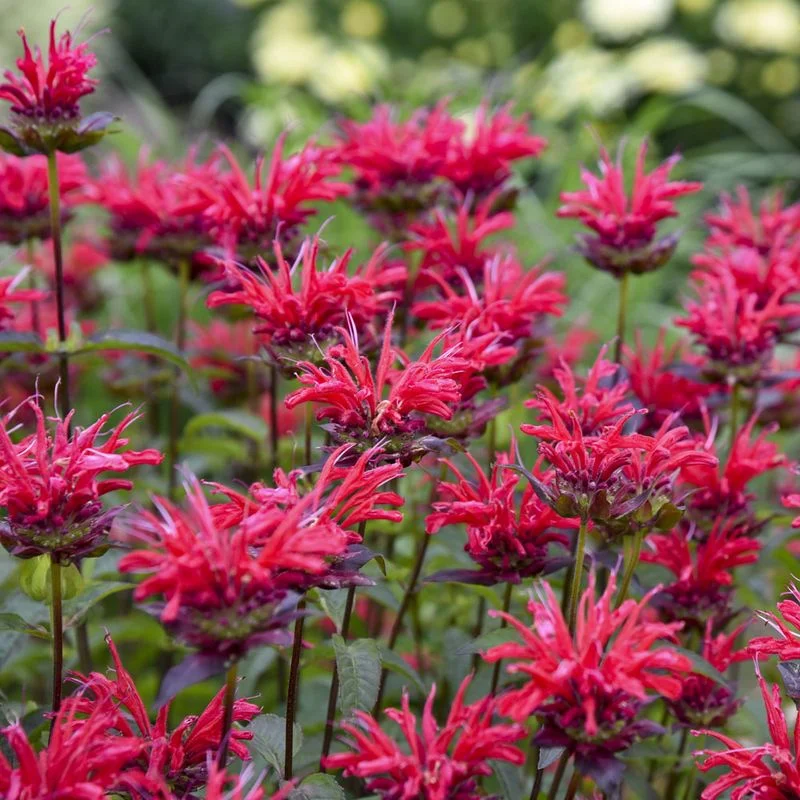
Bee balm, with its striking red and pink flowers, is a garden delight. Known for its minty flavor, it’s often used in teas and salads.
The plant’s name reflects its ability to soothe bee stings. Bees adore this flower, making it excellent for pollinator-friendly gardens.
Whether used as a tea ingredient or a salad garnish, bee balm adds a refreshing zing. Its bright hues and herbal history make it a captivating choice for any garden.
Pansy
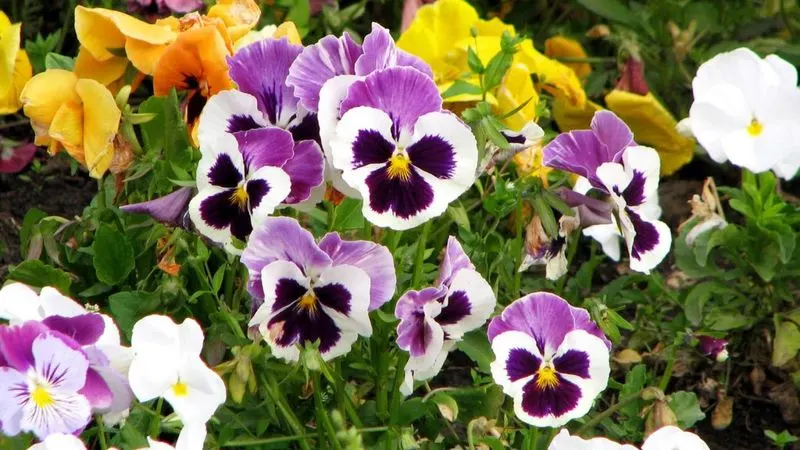
Pansies are not only pretty but also edible, offering a mild, sweet flavor. Their large, colorful faces are perfect for decorating cakes or salads.
In folklore, pansies were associated with love potions. Today, they bring a romantic touch to any garden or dish.
These flowers thrive in cooler temperatures, making them ideal for early summer gardens. Integrate pansies into your June planting for a splash of romance and culinary delight.
Hibiscus
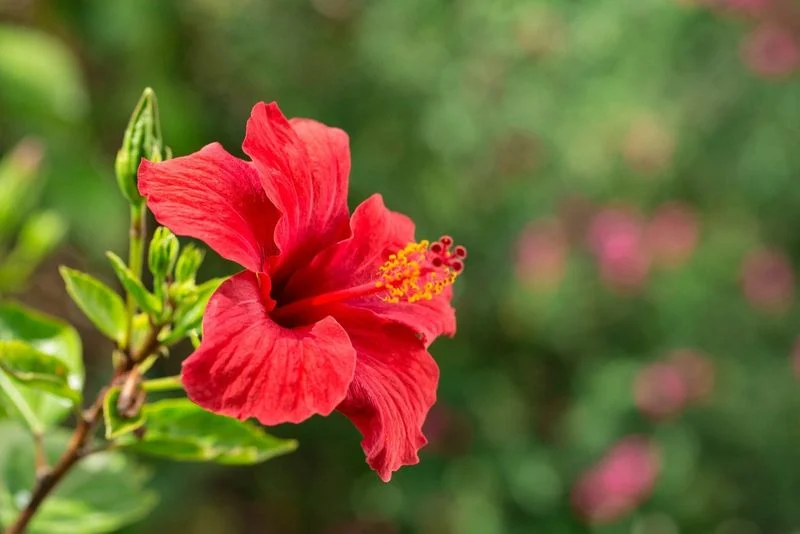
Hibiscus is the tropical star of gardens, known for its bold and bright blossoms. With a tart cranberry flavor, it’s a favorite for teas and beverages.
Did you know? Hibiscus flowers are used in many traditional medicines. Their eye-catching appearance makes them popular in landscapes.
As a culinary ingredient, hibiscus transforms ordinary drinks into exotic treats. Its stunning look and versatile taste ensure it stands out in gardens and kitchens alike.
Squash Blossoms
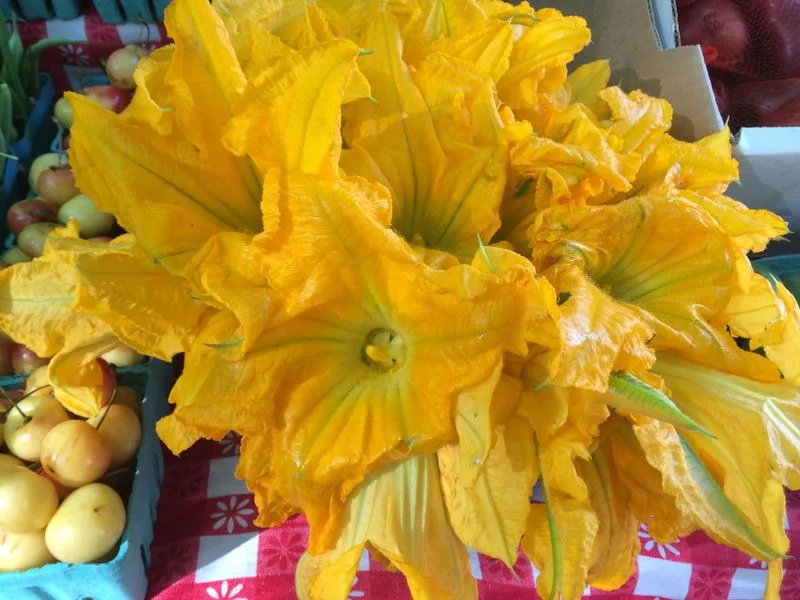
Squash blossoms are a culinary delicacy with a subtle squash flavor. Often stuffed and fried, they bring gourmet flair to any meal.
In Italian cuisine, these blossoms are a beloved summer treat. Their vibrant yellow color adds visual appeal to dishes.
These flowers are not just for decoration; they’re a taste sensation. When grown in your garden, they offer both beauty and a unique culinary experience. Delight in the elegance and flavor of squash blossoms this June.
Lavender
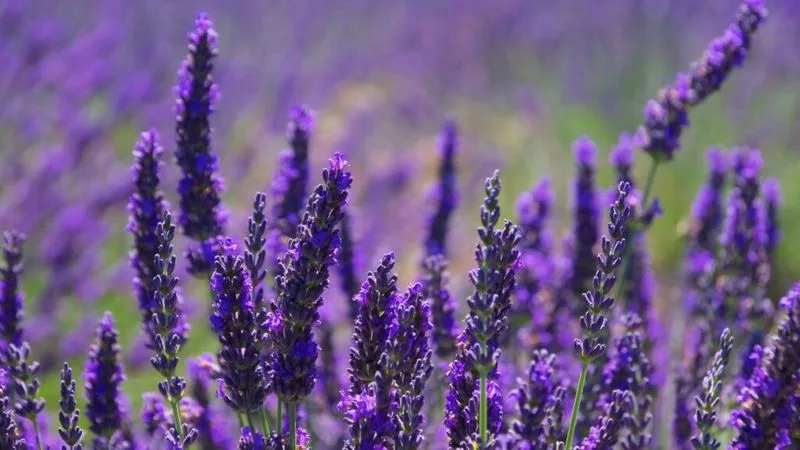
Lavender, with its soothing scent, is a garden staple. Known for its calming properties, it’s often used in baking and beverages.
This flower’s history is rich, from ancient Roman baths to modern aromatherapy. Its purple hues enhance both gardens and culinary creations.
Grow lavender in June for a sensory delight. Whether used in desserts or drinks, it adds elegance and tranquility to your culinary endeavors.

